BestReviews is reader-supported and may earn an affiliate commission. Details.
How to stay healthy and eat well in case of quarantine or a natural disaster
Despite the look of bare shelves in some U.S. grocery stores, the world likely isn’t going to end anytime soon. But that’s no reason to avoid stocking up on quality nonperishable food with high nutritional value and good flavor. While bulk rice and beans are always a healthy and highly cost-effective investment, there are plenty of other options to keep you and your household fed and satisfied in case of an emergency.
How to stock and store emergency food supplies
To some extent, storing bulk food in case of emergency isn’t all that different from storing food for everyday use. In some ways, it’s easier because, ideally, most of your emergency stock will be canned, dried or vacuum-sealed.
The first order of business is to use up your perishable food items first. Cooking what’s left in your refrigerator is the first step, followed by using the contents of your freezer. If you already have a lot of cold food, a few bags of dry ice coupled with blankets on the outside of your freezer and refrigerator can add several days to the life of the food inside. Keep a spare thermometer in all your cold food storage to ensure the temperature doesn’t get above 40 degrees.
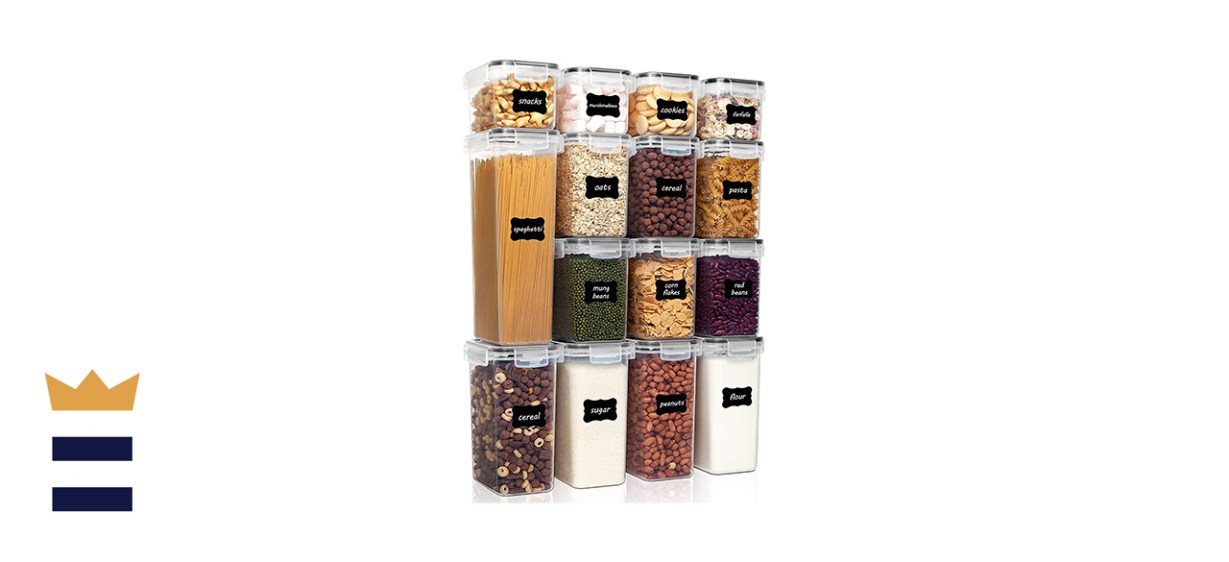
When storing nonperishable food, remember to keep it cool and dry. Avoid keeping anything directly on the floor to minimize moisture and pest contamination. Pay close attention to canned food and throw it out if the can is bulging or dented. Bloated and dented cans are a potential sign of dangerous foodborne illness. Have hard-sided plastic containers with sealed lids on hand to lengthen the shelf life of packaged foods like cookies or crackers.
Always maintain cleanliness outside of your food storage area, too. Government experts agree that this is especially important in case of disaster — when services like electricity, clean water and trash pickup could be compromised. Keep your living and eating spaces swept and clean and never store trash indoors, even if it’s relatively clean; pests like rodents and bugs enjoy munching on cardboard and starchy glue nearly as much as the actual food.
What kinds of emergency food to stock up on
Remember to choose foods that you and your household will actually prepare and eat. If you don’t have the means or will to bake bread, then no amount of flour will help you. Also, pay attention to macronutrient content like sugar and salt. While delicious, many canned foods (soup and chili, for example) have alarming levels of salt, and it’s harder to get exercise and work off excess calories if you’re mostly stuck at home.
It’s important to rotate your stock of emergency food. You don’t want to gather a food stockpile and leave it to sit untouched for months or years. Always use what you have well before it expires and replace it with fresh supplies. This ensures that your stockpile is always ready to go when the next hurricane or viral pandemic hits.
Best emergency food items to buy
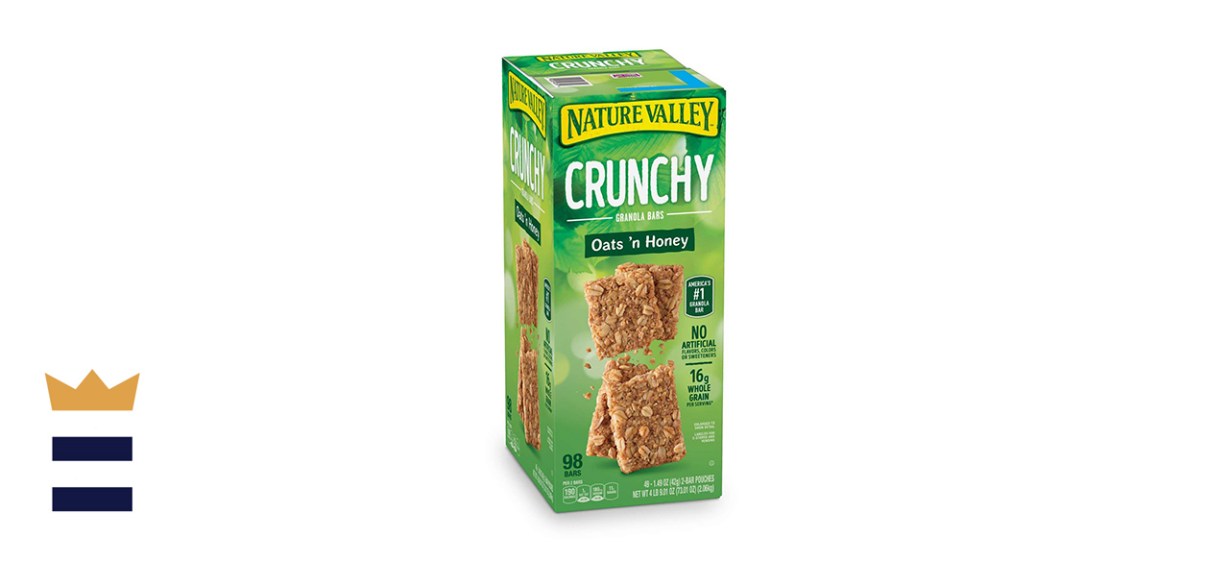
These classic, crunchy snacks are high in fiber and made with whole grain oats as well as a bit less excess sugar than many other granola bars.
Sold by Amazon
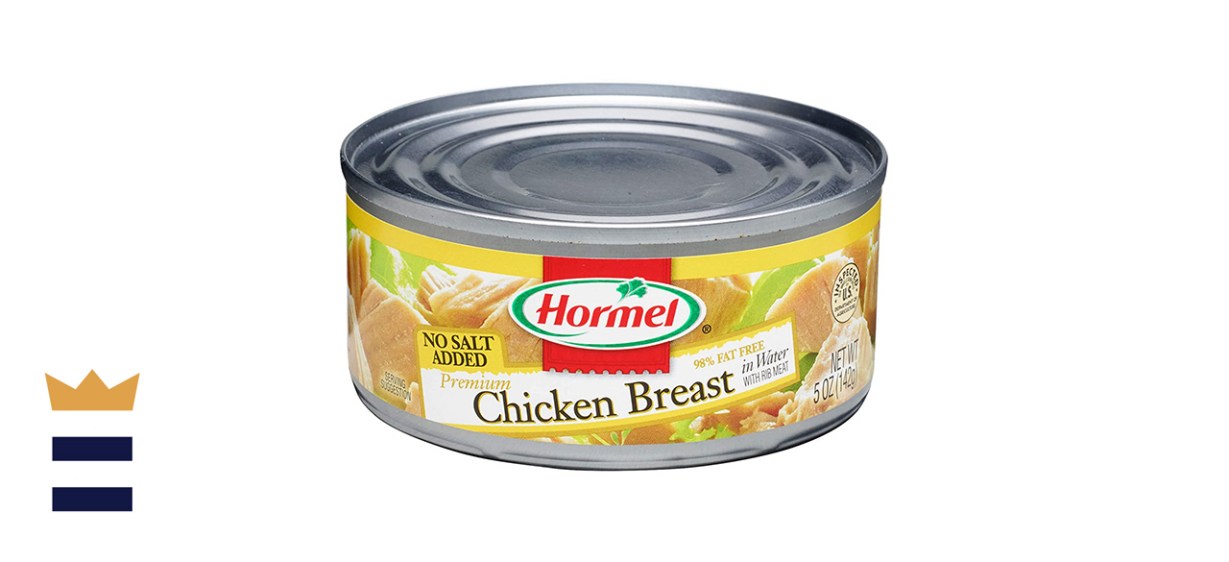
Hormel No Salt Added Chunk Chicken
Made from real white meat and stored in water, this canned chicken is a great way to maintain the protein you need without overdoing your salt levels.
Sold by Amazon
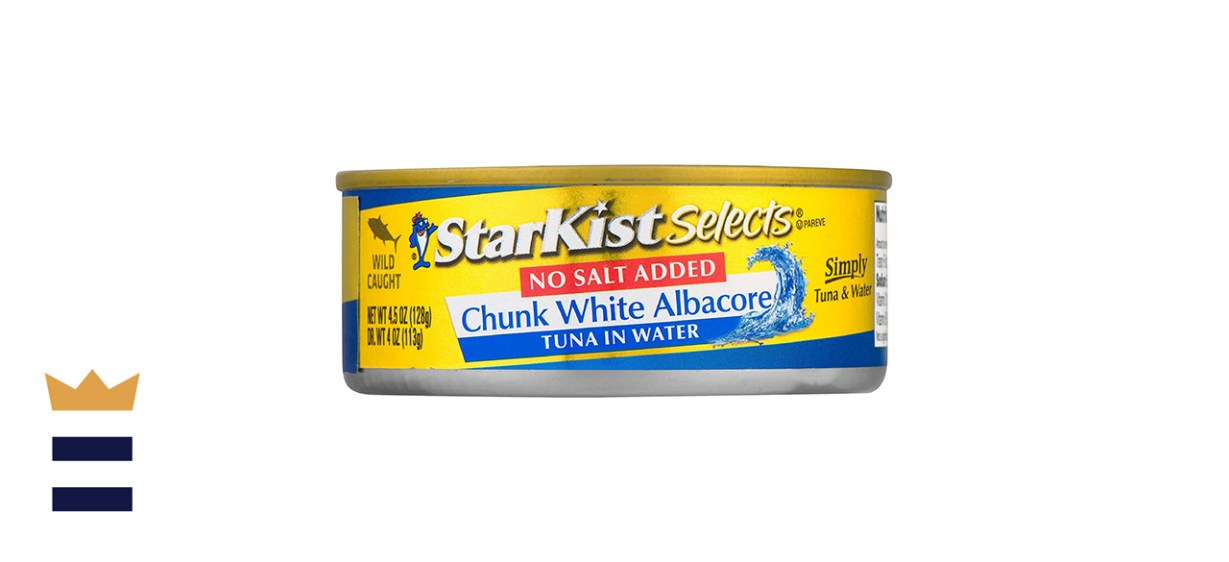
Starkist No Salt Added White Albacore
This is arguably the tastiest canned tuna on the market and a longtime staple of preppers on a budget.
Sold by Amazon
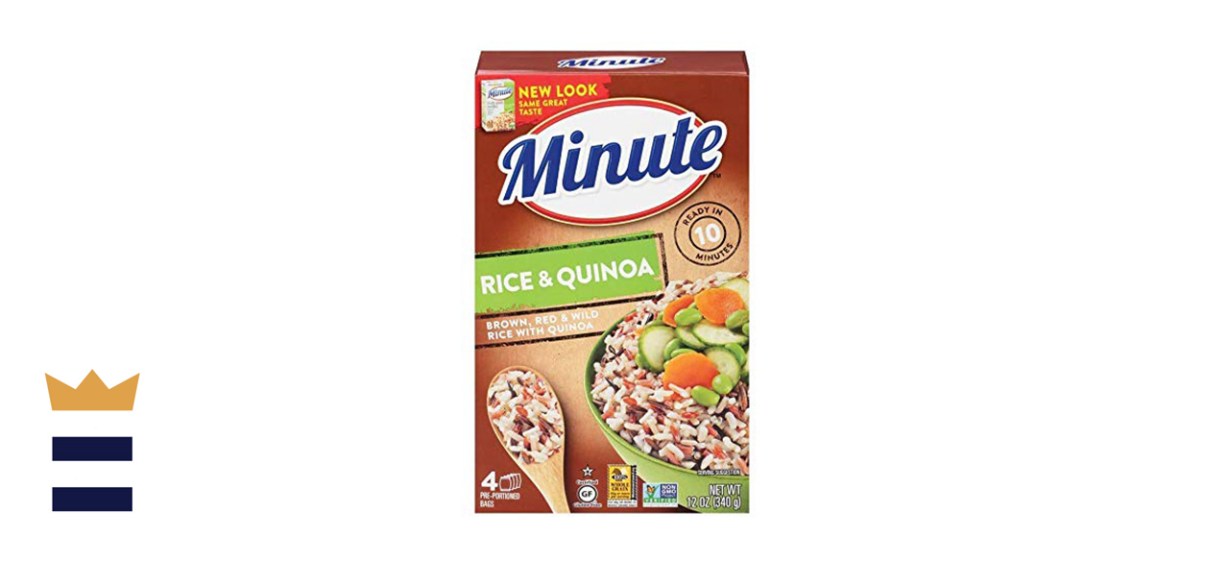
A combination of brown rice, red rice, wild rice (which isn’t actually rice) and quinoa, this easy-to-cook whole-grain product delivers plenty of nutrients and fiber and is ready in minutes.
Sold by Amazon
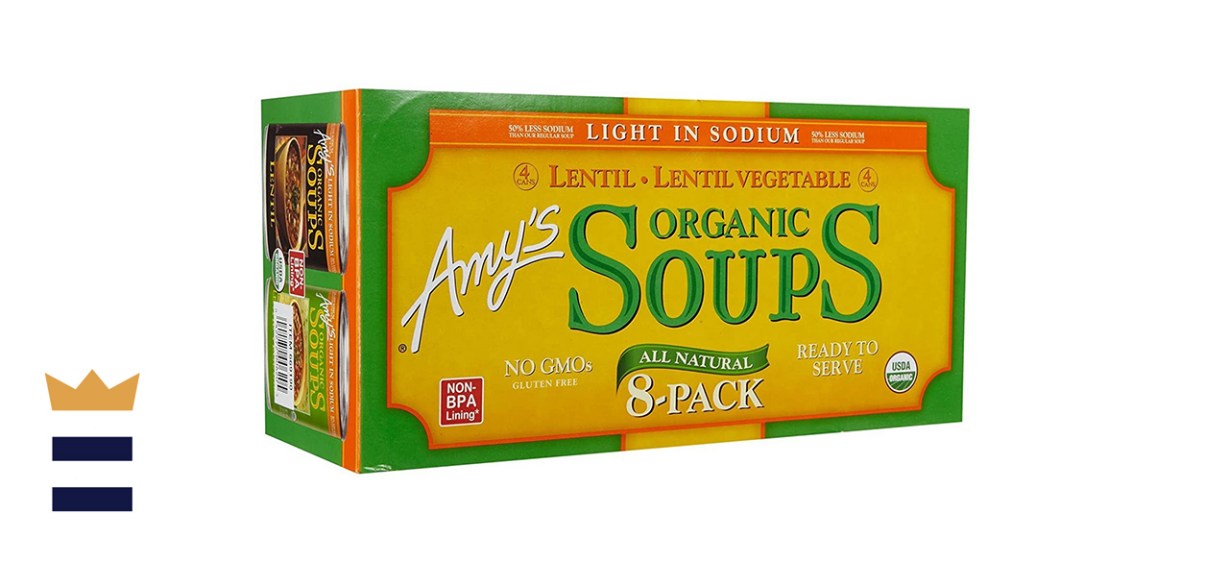
While dried lentils and seasonings are a bit more economical, it’s nice to have some premade canned soups on hand for an easy dinner.
Sold by Amazon
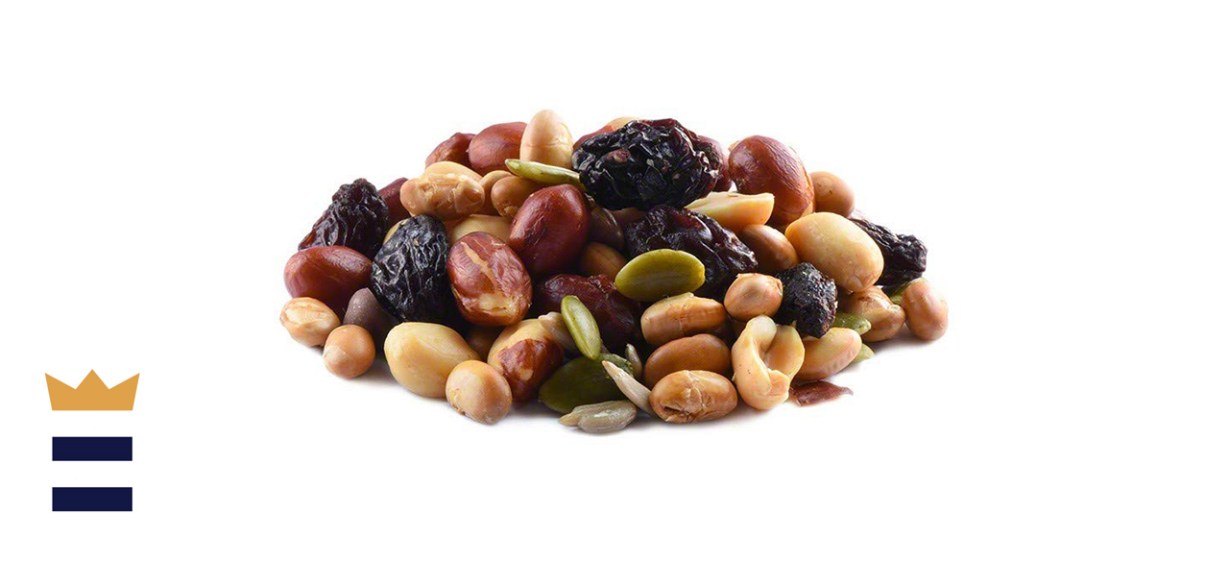
Nutstop.com High Energy Trail Mix
It’s simple, affordable and packed with nutrients and energy. In fact, trail mix is (unsurprisingly) the most popular food among weight- and cost-conscious minimalist backpackers, who tend to know a thing or two about survival tactics.
Sold by Amazon
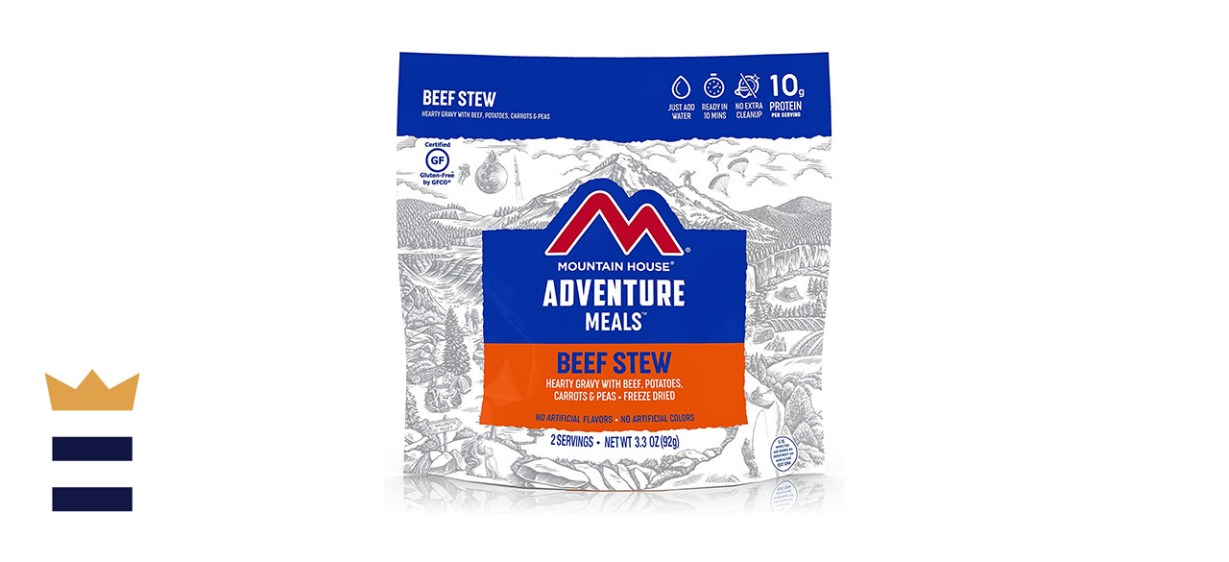
Mountain House Freeze Dried Beef Stew
Taking another cue from backpackers, this is one of the leading brand’s most popular flavors. Other delicious options include Chicken & Rice, Chili Mac and, probably the most recommended, Beef Stroganoff. Keep in mind that these are pretty expensive — but also quite tasty.
Sold by Amazon
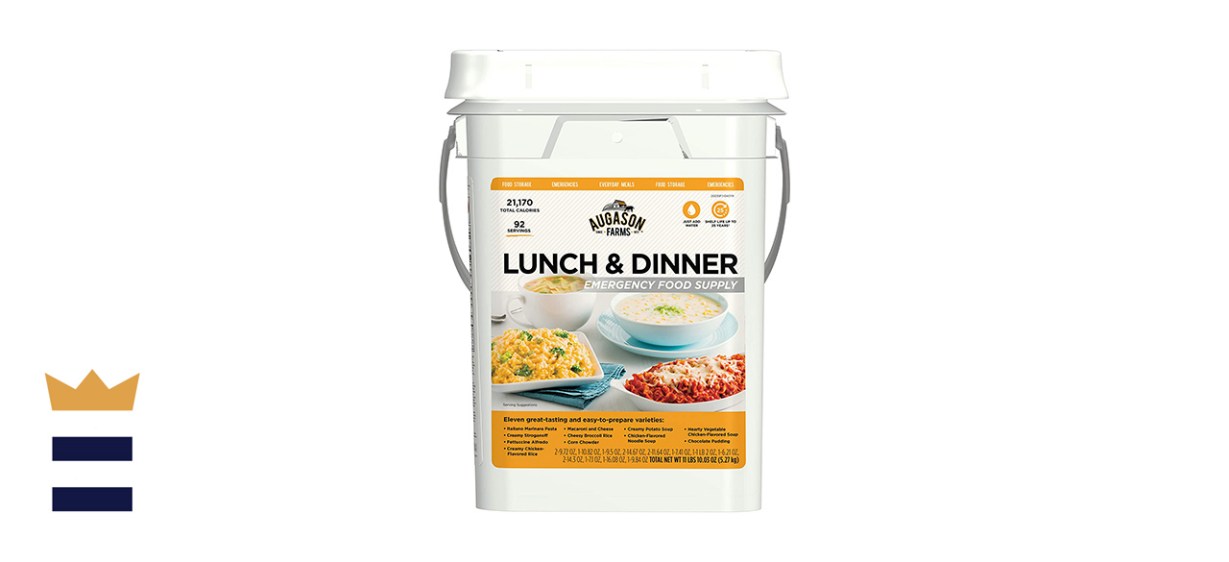
Augason Farms Lunch and Dinner Variety Pail
If you’d rather not do the meal planning yourself, consider this sealed variety pack of long-life meals developed specifically for use in case of emergency.
Sold by Amazon
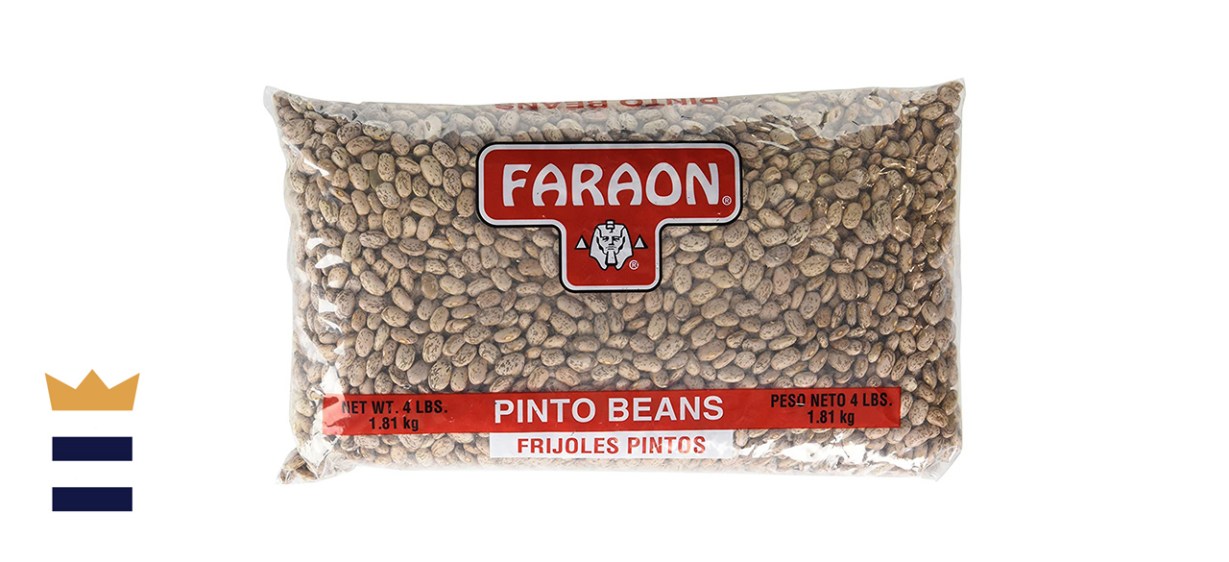
Dry beans are probably the most nutrient-packed food on the planet for the money. Just make sure to always cook them thoroughly, as undercooked beans can and will make you sick.
Sold by Amazon
Sign up here to receive the BestReviews weekly newsletter for useful advice on new products and noteworthy deals.
Chris Thomas writes for BestReviews. BestReviews has helped millions of consumers simplify their purchasing decisions, saving them time and money.





